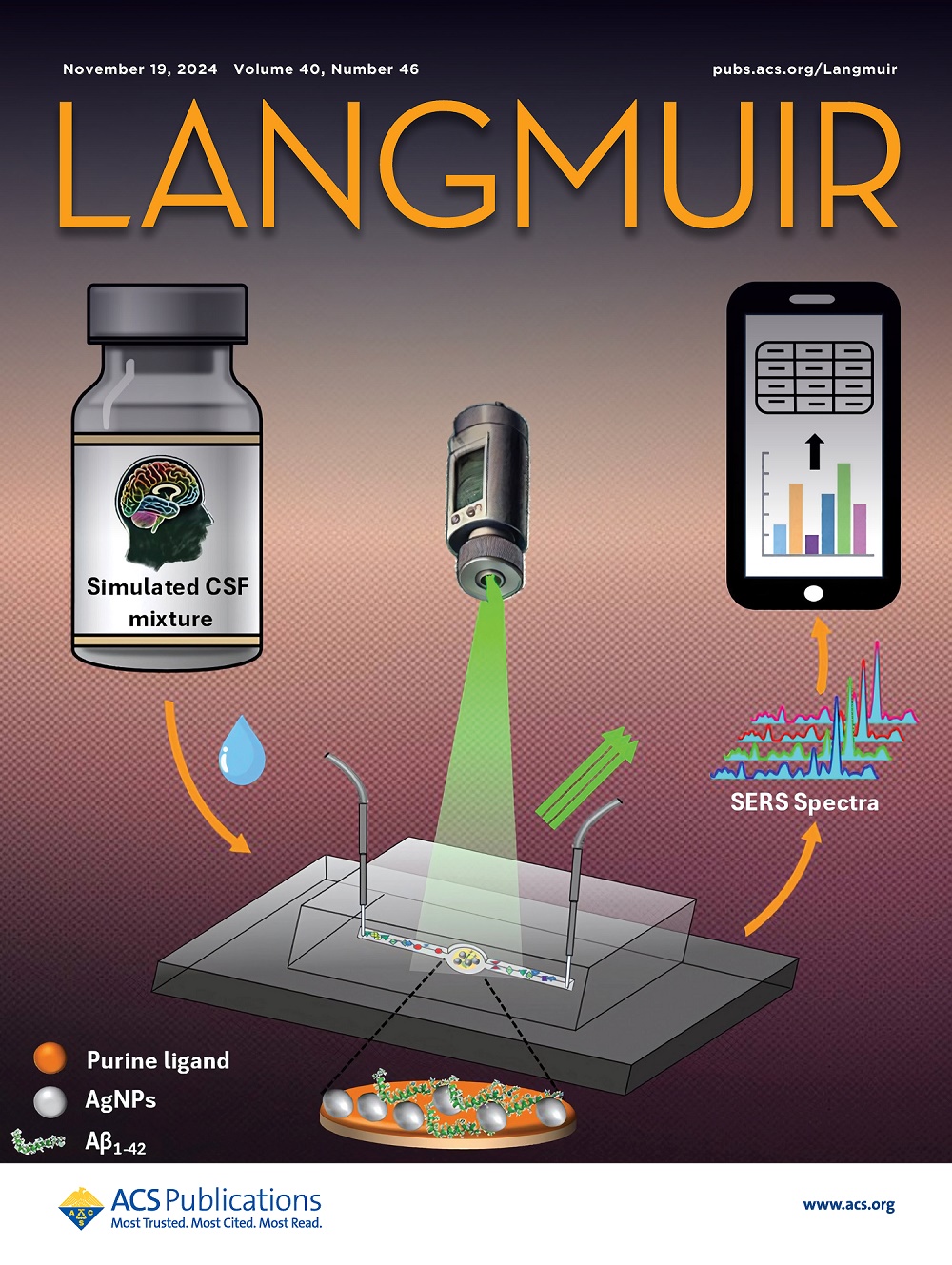Acid-Etched Self-Assembled Carbonyl Interface toward Dendrite-Free and Long-Cycling Aqueous Zinc Metal Batteries
IF 3.7
2区 化学
Q2 CHEMISTRY, MULTIDISCIPLINARY
引用次数: 0
Abstract
Uncontrolled dendrite growth, severe parasitic reactions, and sluggish interfacial kinetics at the Zn electrode–electrolyte interface critically impede the commercialization of zinc metal batteries. Herein, an in situ acid-etching strategy was used to automatically fabricate a multifunctional interfacial coating enriched with carbonyl oxygen moieties on zinc foils through aqueous adipic acid treatment (denoted as the AZ@Zn-8 electrode). This engineered surface layer demonstrates enhanced zincophilic characteristics, which significantly improve ion transport kinetics while ensuring a uniform zinc deposition/dissolution behavior during electrochemical processes. The firmly bonded AZ coating on zinc substrates, combined with the strategically oriented (002)Zn planes, synergistically ensures superior corrosion resistance. Consequently, the AZ@Zn-8 electrodes display an ultralong cycle stability over 4800 h at 2 mA cm–2. Furthermore, the full cells assembled incorporating LiFePO4/C and NH4V4O10 cathode materials demonstrate an enhanced electrochemical performance. Therefore, the stabilized Zn anode enabled by acid etching to spontaneously form a functional interfacial layer offers a straightforward and efficient approach for aqueous zinc metal batteries.酸蚀自组装羰基界面制备无枝晶长循环锌金属水电池
不受控制的枝晶生长、严重的寄生反应以及锌电极-电解质界面缓慢的界面动力学严重阻碍了锌金属电池的商业化。本文采用原位酸蚀刻策略,通过水己二酸处理(表示为AZ@Zn-8电极),在锌箔上自动制备了富含羰基氧基团的多功能界面涂层。该工程表面层具有增强的亲锌特性,显著改善了离子传输动力学,同时确保了电化学过程中均匀的锌沉积/溶解行为。锌基板上牢固结合的AZ涂层与战略取向(002)Zn平面相结合,协同确保了卓越的耐腐蚀性。因此,AZ@Zn-8电极在2 mA cm-2下表现出超过4800 h的超长循环稳定性。此外,采用LiFePO4/C和NH4V4O10正极材料组装的全电池表现出增强的电化学性能。因此,酸蚀稳定锌阳极能够自发形成功能界面层,为水性锌金属电池提供了一种简单有效的方法。
本文章由计算机程序翻译,如有差异,请以英文原文为准。
求助全文
约1分钟内获得全文
求助全文
来源期刊

Langmuir
化学-材料科学:综合
CiteScore
6.50
自引率
10.30%
发文量
1464
审稿时长
2.1 months
期刊介绍:
Langmuir is an interdisciplinary journal publishing articles in the following subject categories:
Colloids: surfactants and self-assembly, dispersions, emulsions, foams
Interfaces: adsorption, reactions, films, forces
Biological Interfaces: biocolloids, biomolecular and biomimetic materials
Materials: nano- and mesostructured materials, polymers, gels, liquid crystals
Electrochemistry: interfacial charge transfer, charge transport, electrocatalysis, electrokinetic phenomena, bioelectrochemistry
Devices and Applications: sensors, fluidics, patterning, catalysis, photonic crystals
However, when high-impact, original work is submitted that does not fit within the above categories, decisions to accept or decline such papers will be based on one criteria: What Would Irving Do?
Langmuir ranks #2 in citations out of 136 journals in the category of Physical Chemistry with 113,157 total citations. The journal received an Impact Factor of 4.384*.
This journal is also indexed in the categories of Materials Science (ranked #1) and Multidisciplinary Chemistry (ranked #5).
 求助内容:
求助内容: 应助结果提醒方式:
应助结果提醒方式:


